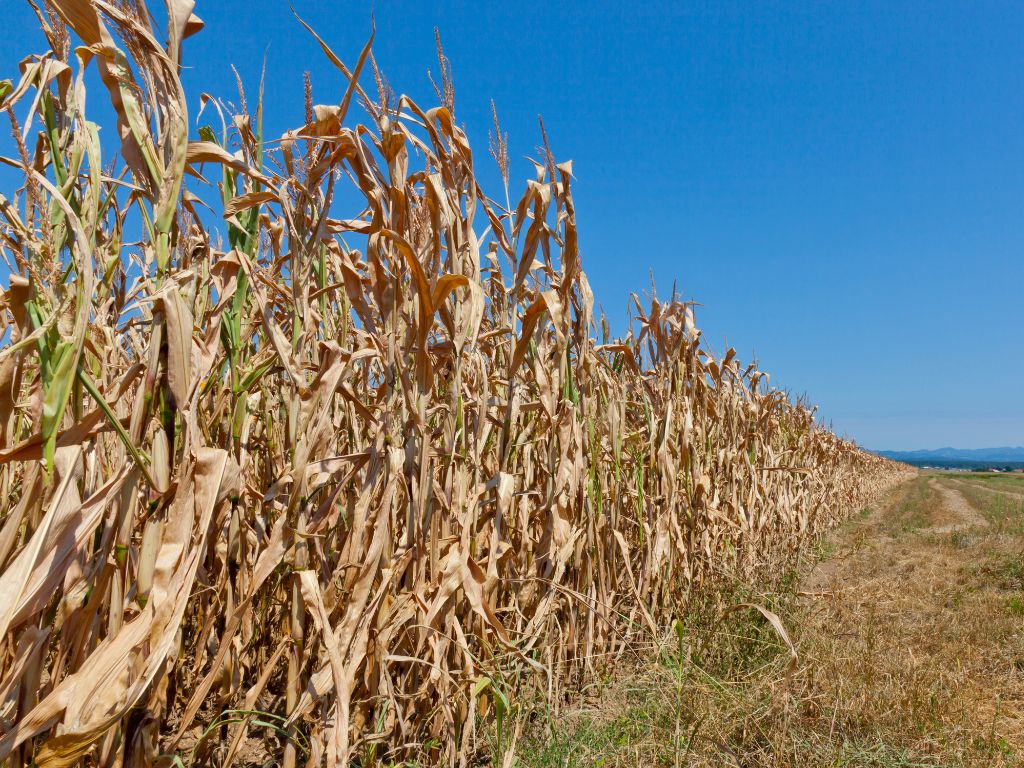The continent is experiencing abnormally hot and dry conditions, with experts fearing for agriculture and energy as the drought warning persists.
—
47% of Europe is under drought “warning” conditions in what scientists call its worst drought in at least 500 years, the European Drought Observatory (EDO) said.
Precipitation in July and August has been significantly lower than usual and soil moisture is in deficit in nearly half of the continent. Meanwhile, 17% of the EU is on “alert”, meaning vegetation and crops are also experiencing the negative effects of drought.
2022 yields from maize are set to be 16% below the average of the previous five years. Soybean and sunflowers will fall by 15% and 12% respectively.
Among the most severely affected regions are Italy, Spain, Portugal, France, the Netherlands, Ukraine, Hungary, and the United Kingdom.

Image 1: Combined Drought Indicator (CDI v.2.1), August 2022
The report also warned of the “severe impacts” on the energy sector. The severe precipitation deficit has widely affected rivers across the continent, warming up waters and contributing to levels dropping significantly, with countries such as Italy and France unable to power hydroelectric plants or cool down nuclear plants.
This is also raising trade concerns. Just last week, river Rhine’s water levels plumbed new depths, hitting such a low level at a key juncture that most large ships transporting goods, including coal to diesel, were effectively unable to transit. Despite conditions slowly improving in the last few days, the emergency is not over.
Warm and dry conditions have also fuelled “a wildfire season sensibly above the average”, with Spain and Portugal experiencing particularly acute forest fires.
This summer has been one of the driest on record in Europe, with several countries facing weeks of baking temperatures. Assuming final data at the end of the season confirms the preliminary assessment, this will be the continent’s worst drought in at least five centuries.
“Warmer and drier than usual conditions are likely to occur in the western Euro-Mediterranean region in the coming months till November 2022”, the report said.
You might also like: The Key Takeaways From This Summer’s Heatwaves


















